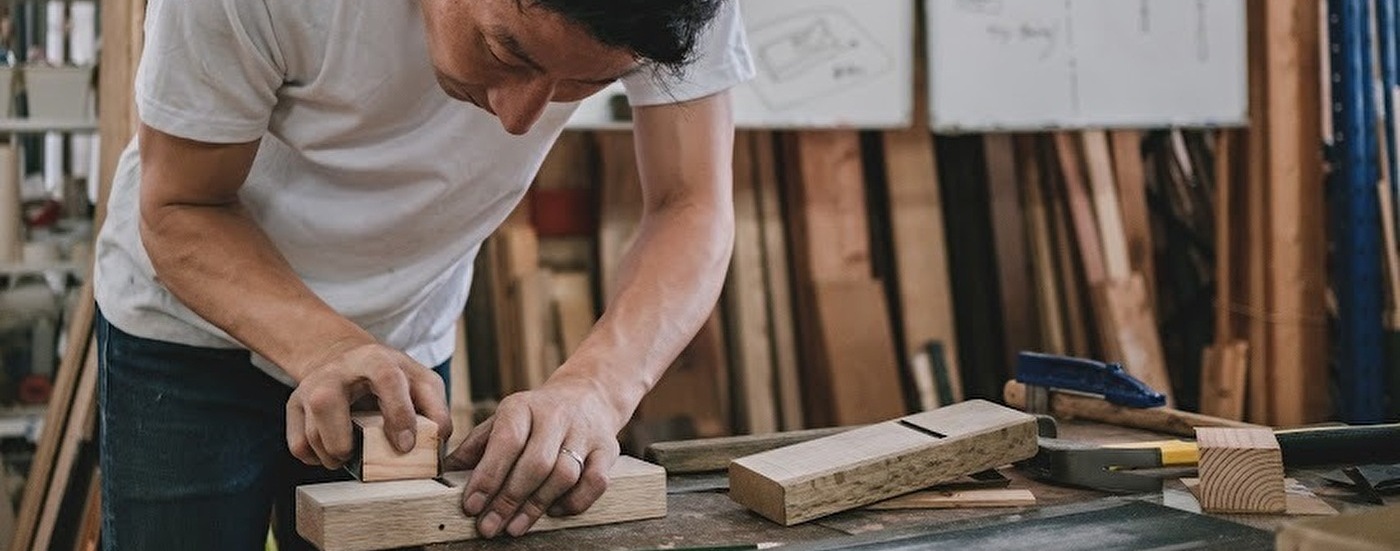Join Master Carpenter TAKAMI for the “Kajidesse!” Tour! Explore Kajidesse!, the ultimate blacksmith festival showcasing Japan’s finest traditional hand tools, with Master Carpenter TAKAMI as your guide! Held in Miki, Hyogo, this event brings together Japan’s top blacksmiths, featuring an
Take-no-fushi ranma (竹の節欄間)in Ninan-ji’s Goten
A Guide to Kyoto’s Wooden and Traditional Architecture Ranma (欄間) is a decorative transom that is built between the lintel of an interior partition (such as shoji screen doors) and the ceiling. There are many different styles of ranma one
Jodo-ji Jododo(極楽山浄土寺)in Hyogo
A Guide to Kyoto’s Wooden and Traditional Architecture Jodo-ji Jododo(極楽山浄土寺) in Hyogo is a day trip from Kyoto, and is one of the handful of buildings that were built in the same style as the Great Southern Gate of Todai-ji
Shitajimado is one type of Japanese windows that are most common in Tea Houses
A Guide to Kyoto’s Wooden and Traditional Architecture Shitajimado (下地窓) is one type of Japanese windows that are most common in Tea Houses, though it’s said that it has its origin in rural farm houses. Shitajimado is the opening on
The beautiful Dogo Onsen complex is one of Japan’s oldest onsen hot springs.
A Guide to Japan’s Wooden and Traditional Architecture The beautiful Dogo Onsen complex (道後温泉) in the city of Matsuyama ((松山) is one of Japan’s oldest onsen hot springs. With its eclectic mix of styles and construction, Dogo Onsen served as
[Inago] can be used in places where nails cannot be used.
[Inago] is a building technique in which boards are stacked on top of each other while holding down each other’s warps so that there are no gaps between the boards. It can be used in places where nails cannot be
Sumi maru Kanna is used to shaving the inside of the corner off
This is “Sumi maru Kanna”. It is used to shaving the inside of the corner off. I bought it to make the joineries for the Real Construction Project, which will start in January 2022. Slowly but surely, preparations are underway.
The reasons why it is necessary to “sharving the edge” by Mentori-Kanna
Mentori-Kanna is used for sharving the edge off finished products. One of the reasons why it is necessary to “sharving the edge” is for safety. Drop the edge as thin as a thread. And another reason is to improve the
Adjustment of Uchimaru Kanna
Adjustment of Uchimaru Kanna 1: Sketch the R you want on the Kanna-dai 2: Determine the shape of the mold for adjusting the Kanna-dai. 3: Sharpen the blade to match the curve of the mold. 4: Set the blade on
What is the purpose of the groove on the side of Wakitori-kanna?
What is the purpose of the groove on the side of Wakitori-kanna? It has another important meaning than making Kanna easier to hold. The groove on the side of Wakitori-kanna is about the same as the depth of the Kamoi
